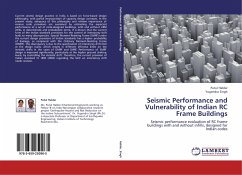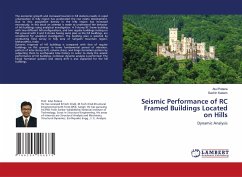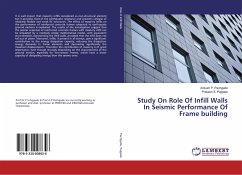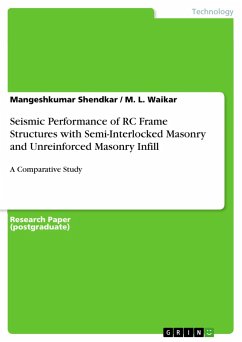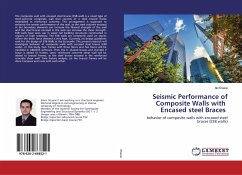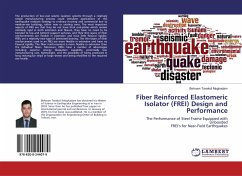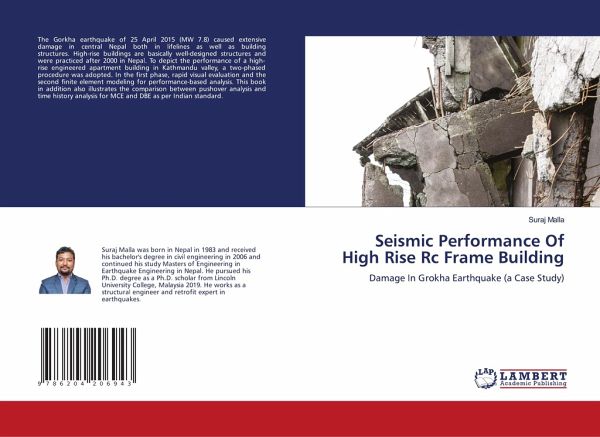
Seismic Performance Of High Rise Rc Frame Building
Damage In Grokha Earthquake (a Case Study)
Versandkostenfrei!
Versandfertig in 6-10 Tagen
36,99 €
inkl. MwSt.

PAYBACK Punkte
18 °P sammeln!
The Gorkha earthquake of 25 April 2015 (MW 7.8) caused extensive damage in central Nepal both in lifelines as well as building structures. High-rise buildings are basically well-designed structures and were practiced after 2000 in Nepal. To depict the performance of a high-rise engineered apartment building in Kathmandu valley, a two-phased procedure was adopted. In the first phase, rapid visual evaluation and the second finite element modeling for performance-based analysis. This book in addition also illustrates the comparison between pushover analysis and time history analysis for MCE and D...
The Gorkha earthquake of 25 April 2015 (MW 7.8) caused extensive damage in central Nepal both in lifelines as well as building structures. High-rise buildings are basically well-designed structures and were practiced after 2000 in Nepal. To depict the performance of a high-rise engineered apartment building in Kathmandu valley, a two-phased procedure was adopted. In the first phase, rapid visual evaluation and the second finite element modeling for performance-based analysis. This book in addition also illustrates the comparison between pushover analysis and time history analysis for MCE and DBE as per Indian standard.



